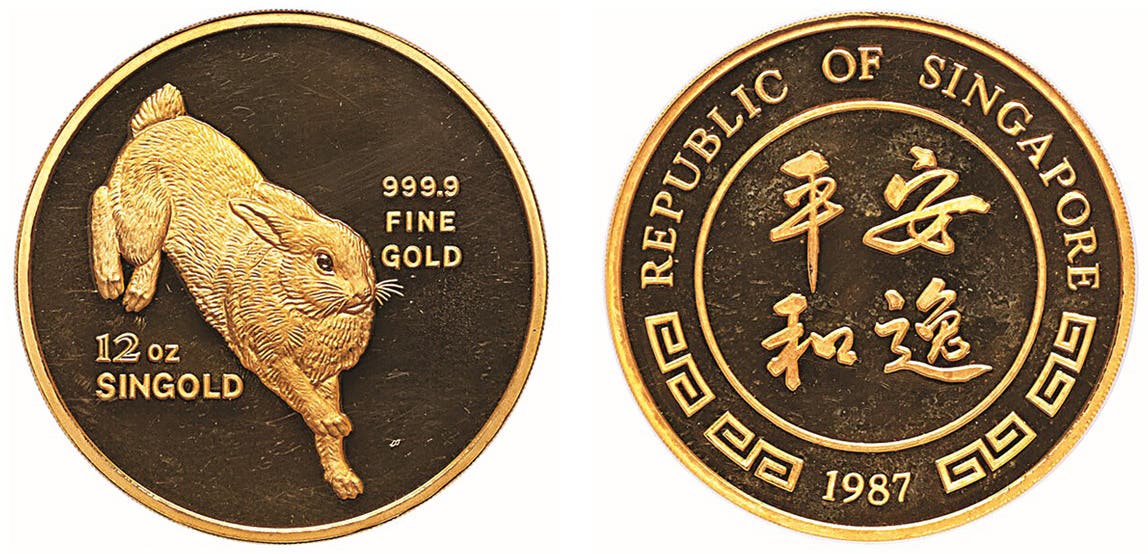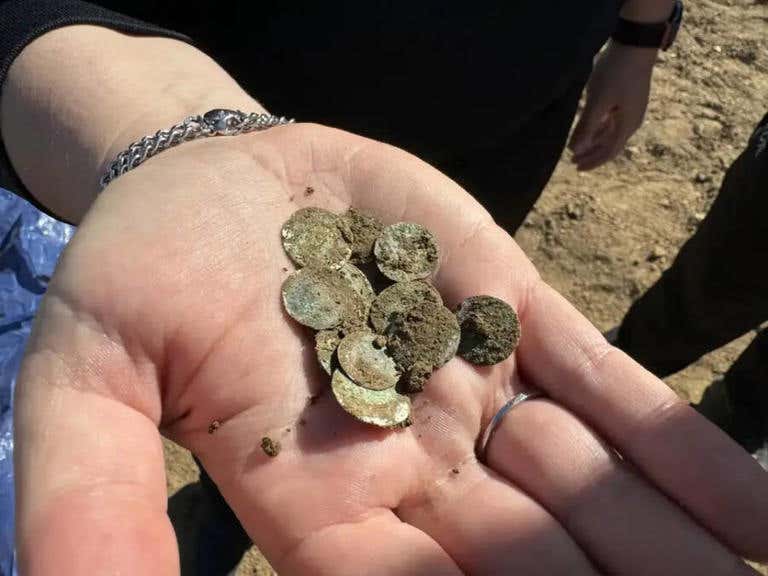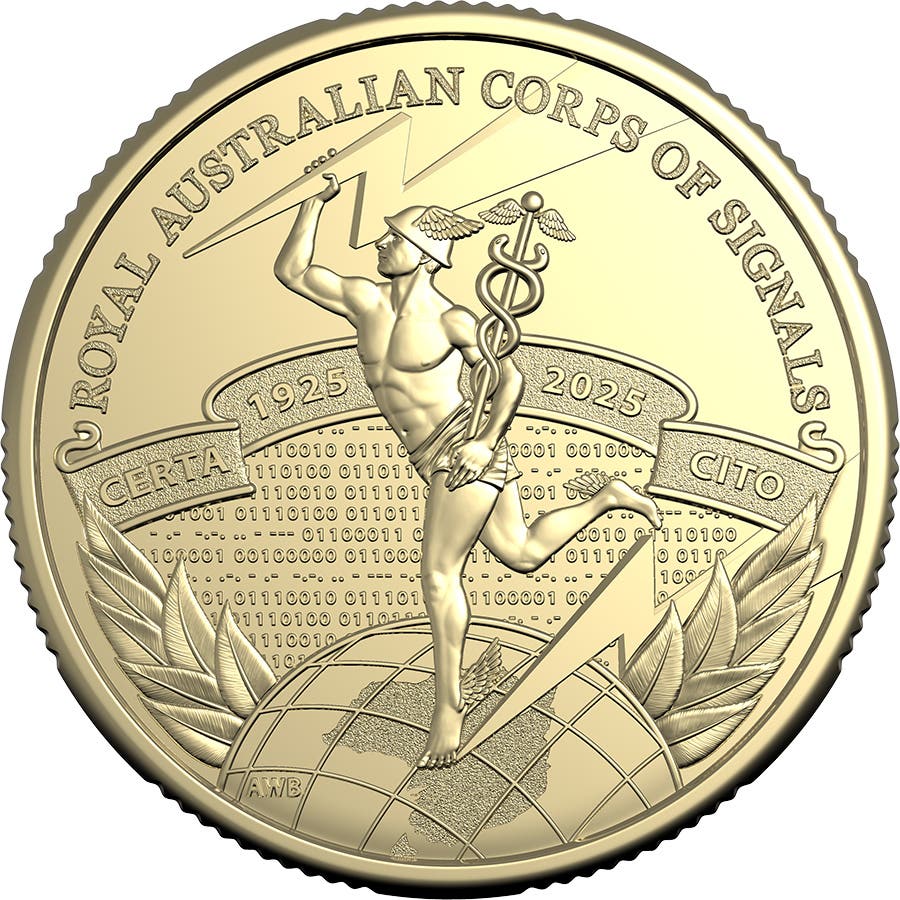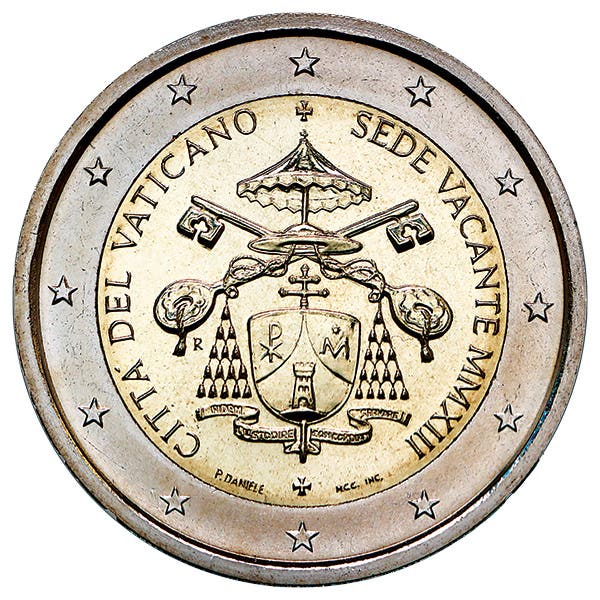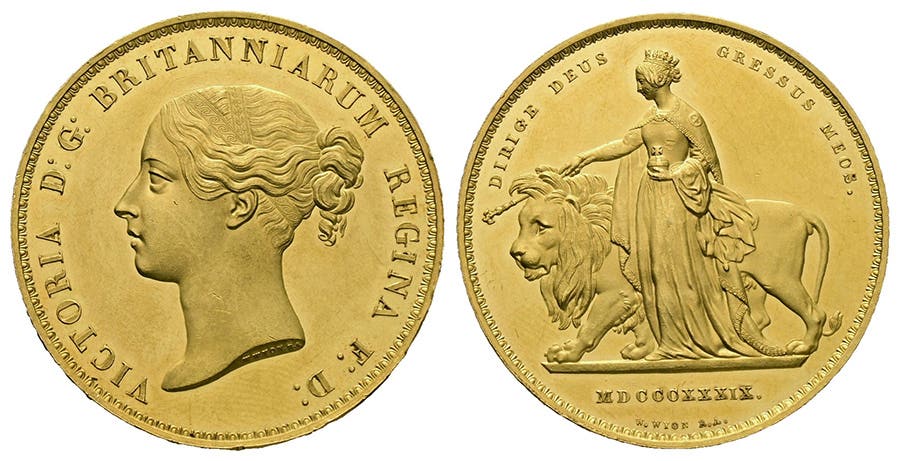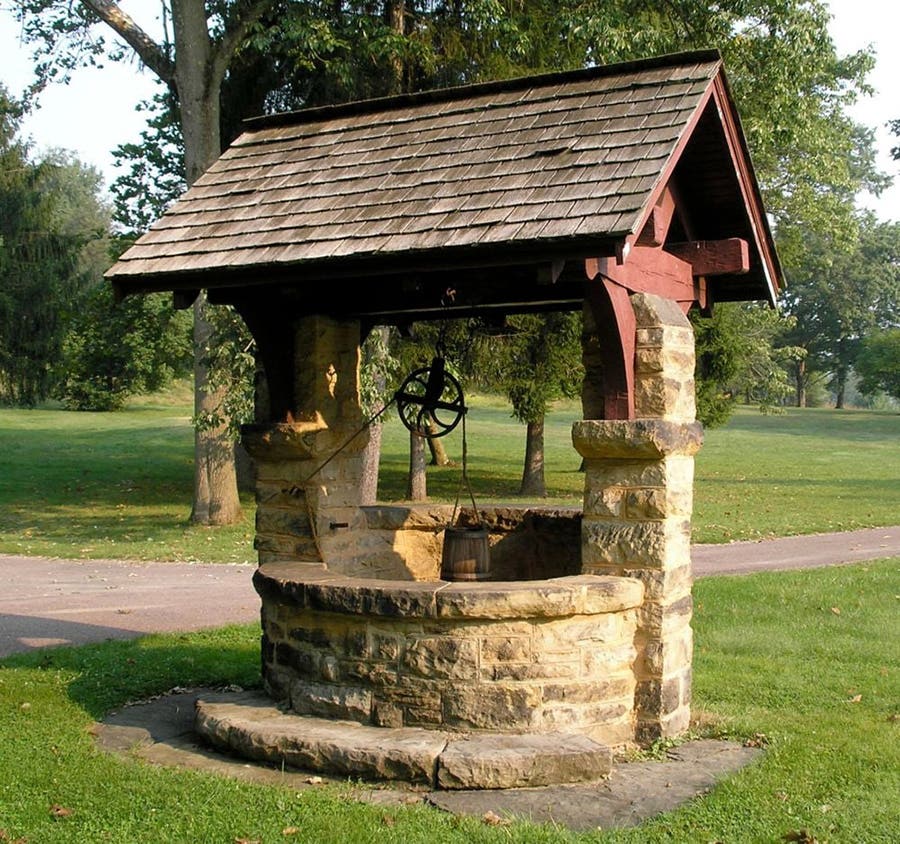Currency Union Proposed
They appear to be strange bedfellows, but Spanish speaking Argentina and Portuguese speaking Brazil are proposing a currency union. In an op-ed appearing in the January 21 issue of Argentina’s…
They appear to be strange bedfellows, but Spanish speaking Argentina and Portuguese speaking Brazil are proposing a currency union.
In an op-ed appearing in the January 21 issue of Argentina’s Perfil newspaper Brazil’s President Luiz Inacio Lula da Silva and Argentine President Alberto Fernandez wrote, “We decided to advance discussions on a common South American currency that can be used for both financial and commercial flows, reducing operational costs and our external vulnerability.”
The article continues, “We intend to overcome the barriers to our exchanges, simplify and modernize the rules and encourage the use of local currencies.”
On January 23 Lula said, “If it were up to me, we would always trade in the currency of the other country so we wouldn’t have to depend on the [United States] dollar.”
At the time this article was being written one Argentine peso was equal to 0.0054 U.S. cents, while one Brazilian real was equal to 19 cents U.S.
Criticism of the proposal came fast. New Party state deputy Fabio Ostermann posted, “It makes NO sense” on Twitter. According to Ostermann, “It’s unbelievable that Lula is even considering creating a common currency between Brazil and Argentina—it’s like opening a joint bank account with that unemployed deadbeat friend who owes everyone money.”
Sergio Berensztein is a political analyst in Buenos Aires. Berenszstein glumly stated, “It’s about creating expectations. There is not much that the Fernandez administration can show to the electorate, and this is a way to create some expectations for the future.”
Argentine is Brazil’s third largest trading partner. Lula has publicly stated both countries want to reduce their reliance on the U.S. dollar as a common currency. Lula was elected president for the first time in 2002. At that time there was fear the government might default on its debts. This resulted in an initial rush to exchange reale coins and bank notes for foreign currencies or tangible assets. The exchange rate between the reale and the dollar eventually improved. This reversed once again during the tenure of Jair Bolsonaro, which was during the time of the covid pandemic. The recent re-election of Lula has once again seen the reale exchange rate improve against the dollar.
Argentina has been plagued by periods of hyperinflation since the mid-20th century. The peso introduced in 1992 was diminished to 10 trillion of the pesos in use until 1970. The peso has been devalued substantially throughout the past 20 years, reaching more than 51 percent year-on-year inflation in 2021. Until the beginning of 2003 the peso and the reale were about on par and at about three to the U.S. dollar.
The Central Bank of Brazil issued its current coins in 1998 and its bank note series in 2010. Among modifications since that time has been the introduction of a new higher denomination 200-reals bank note and the discontinuing of the 1-centavo coin. As a result, retail prices are rounded to the next five or 10 centavos for cash transactions.
Argentina is currently using a bank note series introduced in 1992. The phrase ‘Convertibles de curso legal’ indicating the value of these notes is fixed to the same amount in U.S. dollars was discontinued on the notes in 2001. Coins were issued in denominations of 1, 5, 10, 25, and 50 centavos in 1992, followed by a 1-peso coin in 1994. In 2017 a new series in 1- and 5-pesos denominations was issued. The 2- and 10-peso coins appeared the following year.
The Argentine- Brazil proposed ‘sur’ (south) denominated currency system was planned to be discussed with the 33 members of the Community of Latin American and Caribbean States at a conference scheduled for later January. South America has an established trading block called the Mercosur. Under the Mercosur citizens of Argentina, Brazil, Paraguay, and Uruguay can live or work anywhere within the Mercosur, but the organization lacks a common currency.
The Federal Republic of Central America consisting of Costa Rica, El Salvador, Guatemala, Honduras, and Nicaragua existed between 1824 and 1831, although the currency system lasted longer. The FRCA currency system consisted of 16 silver reales equal to one gold escudo and 8 reales equal to one peso. Coins in denominations of quarter, half, 1, and 8 reales in silver and half, 1, 2, 4, and 8 escudos in gold were issued between 1824 and 1851 by the Nueva Guatemala Mint with the NG mint mark. A mint in Costa Rica with CR mint mark issued four gold and five silver denominations in reales between 1828 and 1850. Half-, 1-, and 2-reales coins were issued between 1830 and 1832 by the Tegucigalpa Mint in Honduras. These coins have the mint mark T.
The Organization of Eastern Caribbean States consisting of 11 independent states was created in 1981. Pegged to the U.S. dollar the Eastern Caribbean dollar currency consisting of coins and bank notes is used by seven full and one associate member.
If the icy response the sur currency proposal got from just about everyone except Lula and Fernandez is any indication of its possible success the proposal may go the way of the dinosaur, not the Mercosur.



